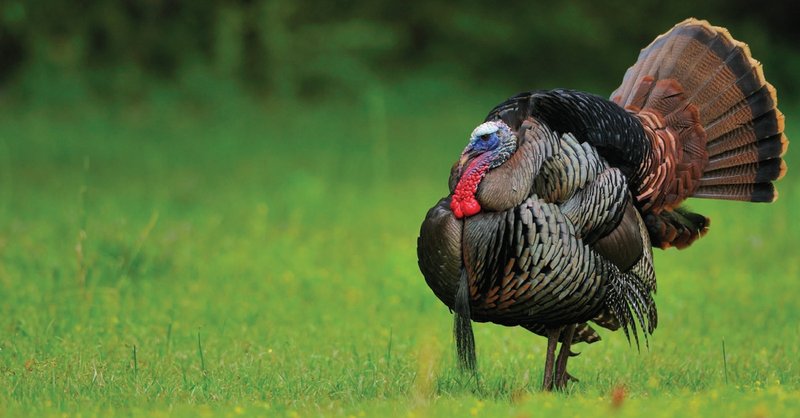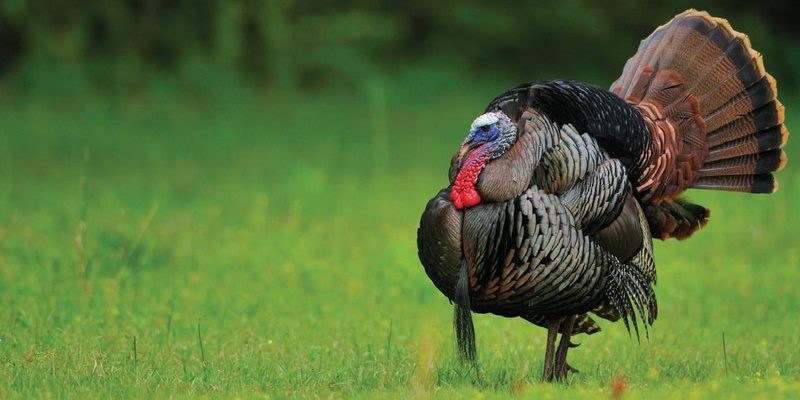
Imagine you’re at a wildlife park, watching these birds roam. You see a turkey strutting confidently, its colorful plumage glistening in the sun, while nearby, a flock of chickens clucks busily. Each species has its own personality and role in the ecosystem. So, let’s dig deeper and explore the differences between turkeys and these similar bird species, making it clear why each one deserves its own spotlight.
Physical Differences
When you look at a turkey, the first thing you notice is its unique appearance. Turkeys are large birds with a distinctive fan-shaped tail. Males can weigh between 11 to 24 pounds, while females are typically smaller, around 5.5 to 12 pounds. In addition, turkeys have a fleshy wattle under their necks, which becomes particularly vibrant during mating season. In comparison, chickens are generally smaller, with an average weight of 5 to 7 pounds for hens and 7 to 10 pounds for roosters.
Ducks, another species that might come to mind, have a different body structure. They have a more rounded body, a shorter neck, and flatter bills, suited for dabbling in water. Pheasants, on the other hand, are known for their striking colors and patterns. Males are often brightly colored with long tails, which can reach up to 30 inches.
So, the next time you see these birds, pay attention to their sizes and shapes. It’s not just about looks; these characteristics help them thrive in their specific habitats.
Behavioral Characteristics
Turkeys have a distinct behavior that sets them apart in the bird world. They are social creatures, often seen in flocks, especially when foraging for food. They communicate through a variety of vocalizations, including gobbles, clucks, and purrs. This social nature helps them alert each other to potential dangers, making them quite the team players.
In contrast, chickens can be a bit more independent. They often roam around in smaller groups, scratching the ground for seeds or insects. Their social structure is quite hierarchical, known as the “pecking order.”
Ducks are also social but can be seen quacking together in a more synchronized fashion. Their behaviors revolve around water, as they often dabble or dive for food. Pheasants are different; they are more solitary and can be quite secretive. Their survival relies on being stealthy, which makes them less social than turkeys and ducks.
Understanding these behaviors can give you insight into how these birds interact with their environments and with one another.
Diet and Feeding Habits
Turkeys are omnivores, which means they eat a variety of things. Their diet includes seeds, fruits, insects, and small reptiles. They use their keen eyesight to find food and often forage on the ground, scratching with their feet to uncover hidden treats. You might even see them pecking at acorns and berries during their search.
Chickens also share this omnivorous diet but tend to be more focused on grains and insects. They love to scratch around in the dirt, just like turkeys, but their preferences might lean more toward grains and kitchen scraps.
Ducks have a more specialized diet that often revolves around aquatic plants, insects, and small fish. Their unique bill shape helps them filter food from water. Meanwhile, pheasants primarily eat seeds and grains but can occasionally consume insects, especially during the summer months when they need extra protein for growth.
These variations in diet reflect their habitats and lifestyles, so it’s fascinating to see how different eating habits can shape a bird’s life.
Habitat and Range
Turkeys are native to North America and thrive in forests, grasslands, and wetlands. They prefer open areas where they can easily spot predators but also need trees for roosting at night. This blend of environments helps them find food and shelter.
Chickens, being domesticated birds, can be found almost anywhere people raise them. They thrive in backyards, farms, and even commercial poultry operations. Their adaptability to different environments contributes to their widespread presence.
Ducks are often found near water bodies like lakes, rivers, and ponds. They require ample water for feeding and nesting, and many species migrate seasonally. On the other hand, pheasants are native to Asia but have been introduced to other regions, including North America, where they prefer grasslands and agricultural areas.
These habitat preferences show how each species has evolved to fit into its environment, influencing where you might spot them.
Cultural Significance and Use
Turkeys aren’t just birds; they play a huge role in cultural traditions, especially in the U.S. Thanksgiving celebrations where they’re often the centerpiece of family feasts. They symbolize gratitude and abundance, making them more than just a meal.
Chickens also hold cultural significance, being a staple in diets across the globe. They’re often associated with home-cooked meals and comfort food. Plus, their eggs are a dietary staple, making them essential for many households.
Ducks are celebrated in various cultures as well, especially in Asian cuisines, where dishes like Peking duck showcase their culinary importance. Pheasants, often seen as game birds, are hunted for sport and their meat, which is considered a delicacy in some areas.
These birds are more than just animals; they carry stories and meanings that connect to our lives and traditions.
Conservation Status
The conservation status of these birds varies. Turkeys were once on the brink of extinction due to overhunting and habitat loss but have made a remarkable comeback thanks to conservation efforts. They are now classified as “Least Concern,” showing that proactive measures can lead to success.
Chickens, being domesticated, don’t face conservation issues in the same way. However, the focus is often on maintaining healthy breeding practices to avoid genetic problems.
Ducks, with many species, face threats from habitat loss and pollution. Some are under serious threat, while others thrive due to successful management programs. Pheasants, too, are affected by habitat destruction but continue to be managed through hunting regulations and conservation efforts, allowing their populations to stay stable in many regions.
Being aware of these statuses can help us understand the importance of protecting these birds and their environments.
In a nutshell, while turkeys share similarities with chickens, ducks, and pheasants, each bird brings its own unique traits to the table—literally and figuratively. From their physical appearances and social behaviors to their dietary preferences and cultural significance, understanding these differences enriches our appreciation of these birds.
So, the next time you think of turkeys, remember that they’re part of a wider avian family, each with its own story. And who knows? Maybe you’ll start to spot these differences the next time you’re out in nature or perusing your next meal. When you take a closer look, you might just find a fascinating world that’s worth exploring.

